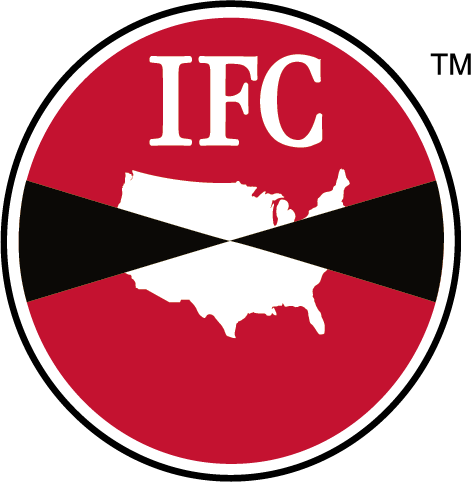There was a time when sanitation managers devoted significant time and effort several weeks in advance to prepare for scheduled audits. Preparation for these important events will continue, but demands will increasingly be for 24/7 readiness for unannounced audits – especially in the food processing industry. Key to preparedness is the understanding and adoption of solid principles of integrated pest management (IPM). A number of major food companies have put excellent corporate sanitation standards in place, including IPM pest control practices to guide plant sanitarians. Corporate standards should exceed the standards of the common third party audits, and meet all regulatory requirements, so the general standards of good practice tend to be improving across the industry. Improvements are being made in pest prevention through exclusion, sanitation and preventative maintenance. Here are some additional tips for being prepared for audits at all times.
Maintain familiarity and keep documentation in order
Most audits are focused on checking that systems are in place and being documented. Is there a Master Sanitation Schedule and documentation of work done? Likewise, are there inspection schedules, quality control and critical control point monitoring, and other systems? Pest management documentation is often summarized in a service notebook containing nine or ten sections: contract/scope of service, insurance forms, personnel credentials, facility map and device locations, service reports, facility assessments, pest trend reports, pesticide information, and more. There should not be any surprises in this notebook! Maintain familiarity with the documentation and question service providers about any contents that appear dated.
Derive maximum value from pest management monitoring
Some of the greatest advancements in pest management over the past 10 years have been in the realm of monitoring. Rodent activity in bait stations and trap captures, and insect activity in a variety of devices has been noted on service reports for years. The essence of monitoring, however, is not the counting, but the analysis. Bar code and computerized systems have been widely adopted and make available a wide variety of graphs, tables, and map representations of activity and trends. This data can help with management decisions beyond the needs for audit standard compliance: When or where are pesticide treatments needed? How effective were treatments? Where are the priorities for limited sanitation or maintenance resources? Challenge your pest management service provider to explain what trend reports show, and reasons why.
Track deficiencies and corrective actions
Facility assessments, inspection reports, and other documentation will invariably contain recommendations for improvement, notations of conducive conditions for pests, and sanitation and maintenance needs. These can vary from relatively quick and easy fixes to capital projects that require long term planning and budgeting. Be prepared to explain priorities and demonstrate ongoing progress.
Know the standard you are being audited against
Prepare to defend your program. Sanitarians sometimes don’t seem to understand the rationale for a score or a recommendation from an auditor, and we hear their complaints. It is okay to ask for explanations, or to defend the program that is in place. Some audit standards, for example, still require regular placement patterns for rodent devices a certain number of feet apart. Increasingly, standards allow for flexible spacing based on monitoring experience and threat levels. Defend your placement of insect and rodent pest management devices if they are appropriate for your facility, and your documentation proves it. Your documentation may be the weak link if you can’t.
Utilize an employee pest sighting log
The more eyes you have looking for pest activity or conducive conditions the better. This is an important benefit of having a pest management service contractor. But, who could be better for taking note of insect or rodent activity than employees positioned throughout the facility at all times? Provide sighting logs where they will be readily accessible to employees. Make it a part of routine IPM pest control service expectations to review sighting logs and respond appropriately.


